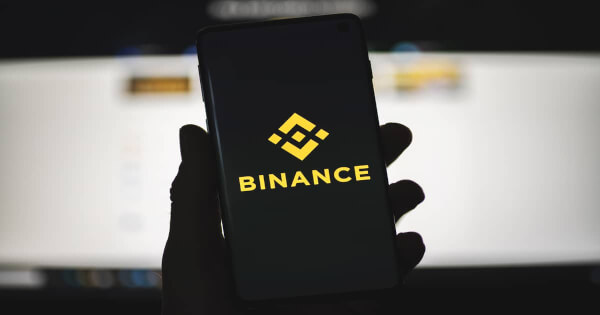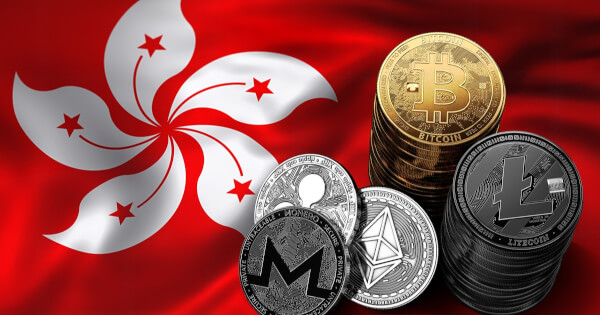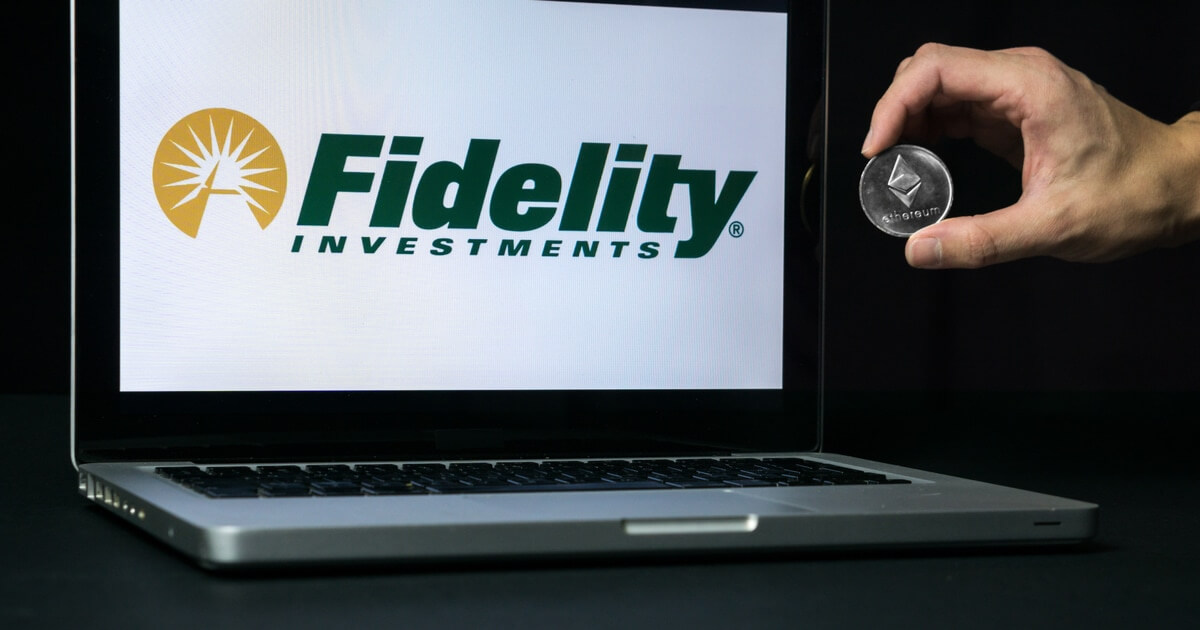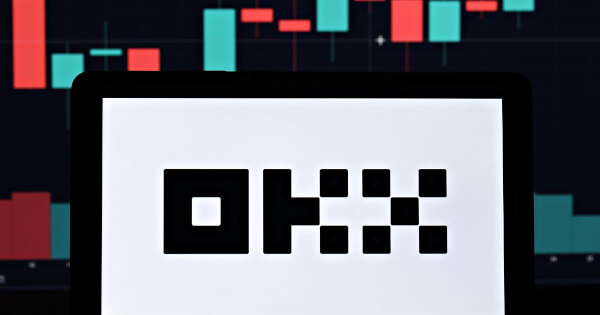
According to Pavel Salas, the chief growth officer at Gear Foundation, on-chain smart contract automation makes applications “truly decentralized” because it “removes dependencies on centralized servers or external entities.” Salas also claimed that on-chain smart contract automation means participants can “engage in transactions or exchanges without relying on a central authority.”
Webassembly Not a ‘Direct Replacement for EVM’
In his written answers sent to Bitcoin.com News, Salas argued that on-chain smart contract automation also helps decentralized applications (dapps) maintain data integrity without having to rely on external databases. He said since the code of smart contracts deployed on the blockchain is immutable this means it cannot be altered once deployed.
Meanwhile, when asked to offer his thoughts on Webassembly (WASM) and the possibility it will overtake the Ethereum Virtual Machine (EVM) at some point, Salas, said he does not see WASM as a direct replacement for EVM. Instead, he views ongoing efforts to integrate WASM with EVM-based ecosystems as something that “highlights its potential to expand the capabilities of smart contract development in the broader Web3 landscape.”
Also, in his written answers sent to Bitcoin.com News via Telegram, the Gear Foundation chief growth officer discussed factors that inhibit developers as well as the lessons that can be drawn from the experiences of Web2 platforms which excel at providing “intuitive and user-friendly experiences.” Below are Pavel Salas‘ answers to all the questions sent.
Bitcoin.com News (BCN): What are the most common factors or limitations in the blockchain industry today that inhibit developers, especially those in decentralized finance (defi) and Gamefi from building Web2-like rich experiences for their users?
Pavel Salas (PS): The blockchain industry faces a significant hurdle in scalability. The current state of many blockchain networks, especially those supporting defi and gamefi [the intersection of finance and gaming], grapples with scalability bottlenecks. The transaction throughput is often limited, leading to congestion during peak usage times. This results in higher fees and slower transaction processing.
For developers aiming to create Web2-like experiences, the scalability challenge poses a critical barrier. Users expect seamless and quick interactions, a standard set by centralized platforms. Current blockchain limitations hinder developers from replicating this level of user experience. Blockchain networks often operate with limited interoperability. Defi and gamefi developers, seeking to create interconnected experiences, face hurdles due to the lack of effective communication between disparate blockchain networks. The absence of interoperability hampers developers’ ability to craft applications that can leverage the strengths of different blockchain ecosystems.
Traditional Web2 platforms excel in providing intuitive and user-friendly experiences. Blockchain, on the other hand, introduces complexities such as private key management, transaction confirmations, and wallet integrations, leading to a steep learning curve. While smart contracts are foundational to defi and gamefi, they currently have limitations. Execution times, resource-intensive operations, and the inherent determinism of smart contracts also can be bottlenecks for creating complex and dynamic applications. The broader adoption of blockchain applications relies on educating users about the benefits and usage of decentralized platforms. This educational gap also affects user onboarding and retention.
BCN: Vara Network is based on the Gear Protocol and claims to offer simplified blockchain development. Could you describe what Gear Protocol is all about and how it helps simplify the developer experience for the next-gen gaming, defi and experimental use cases?
PS: First of all it’s important to understand the Gear Protocol. Beyond this, there are several important technical features:
Actor Model. It is a paradigm for concurrent computation that conceptualizes both the data and processes as “actors.” In the context of blockchain, these actors are programs or entities that interact with each other through asynchronous message passing. This approach brings a layer of security by not allowing actors to share a state, a departure from traditional shared-state models. In the context of Vara Network, this means enhanced security and reduced complexities in handling data. The Actor Model’s concurrency capabilities enhance the development of gaming applications, where real-time interactions are critical. This concurrent approach, coupled with the speed of execution, sets the stage for next-gen gaming experiences.
Persistent Memory. It refers to the idea that programs don’t use shared storage; instead, their entire state is persisted in individual memory space. It means more effective memory virtualization, with only required pages being persisted and loaded when needed. In blockchain development, this has profound implications. It simplifies the development process by removing many complexities associated with shared storage. Running programs and their states more closely resembles real-life operating system primitives. The security enhancements from both the Actor Model and Persistent Memory directly benefit defi applications. Smart contracts on Gear Protocol can execute with greater efficiency and security, which is crucial for defi protocols.
WASM. The WASM is used as a virtual machine (VM). It enables developers to write and compile code in familiar languages, significantly lowering the barrier to entry. This means that developers from Web2 spaces, accustomed to languages like C++ or Rust, can seamlessly transition to blockchain development. This allows developers to explore experimental and novel use cases. Its modular architecture enables the creation of diverse applications.
BCN: Most decentralized applications are not truly decentralized. Often, many of them rely on third parties for off-chain processing to keep the app features working smoothly. Do you believe that on-chain smart contract automation could make dapps truly decentralized?
PS: One of the prevailing challenges in the blockchain space, particularly in decentralized applications, is the often misunderstood nature of decentralization. Many applications claim to be decentralized but, in reality, rely on off-chain processing or third-party intermediaries for certain functions. This introduces a level of centralization, compromising the core tenets of blockchain technology.
The advent of on-chain smart contract automation holds immense promise in rectifying this centralization paradox. On-chain smart contract automation involves the execution of predefined functions directly on the blockchain without relying on external systems.
This autonomy ensures that critical functions of a dapp, from transaction processing to complex logic, occur within the decentralized realm. It removes dependencies on centralized servers or external entities, fostering a truly decentralized environment.
Smart contracts, when automated on-chain, enable trustless interactions between users or entities. The decentralized and trustless nature of on-chain execution means that participants can engage in transactions or exchanges without relying on a central authority. This is fundamental to achieving genuine decentralization.
On-chain automation extends beyond transactions to include the handling of data. By managing data on-chain, dapps can maintain data integrity without reliance on external databases. This is important in scenarios where data manipulation or corruption risks compromise decentralization. Smart contracts deployed on the blockchain are immutable, meaning their code cannot be altered once deployed. This immutability ensures that the rules governing a dapp’s behavior remain tamper-proof. Unlike centralized systems where rules can change at the discretion of a governing entity, on-chain smart contracts guarantee consistency and transparency.
So yes, I believe that on-chain smart contract automation could make dapps truly decentralized.
BCN: Webassembly (WASM) is said to give blockchain developers the freedom to write and compile code in traditional languages that they might already be familiar with. Could you tell our readers more about WASM and your thoughts on whether it’s capable of communicating with the popular EVM-based smart contracts?
PS: One of the key strengths of WASM is its interoperability. It’s not tied to a specific blockchain or platform, making it versatile for different use cases. WASM code is designed to run in a secure and isolated execution environment, ensuring consistent performance across different architectures.
EVM primarily supports smart contracts written in Solidity. While Solidity is powerful, it has a learning curve, and transitioning from traditional languages can be challenging for developers. There have been efforts to bridge the gap between WASM and EVM by creating EWASM, but it’s a different story. While WASM itself isn’t a direct replacement for EVM, ongoing efforts to integrate WASM with EVM-based ecosystems highlight its potential to expand the capabilities of smart contract development in the broader Web3 landscape.
BCN: Many people seem to believe gaming is the thing that will lead to Web3 mass adoption. Yet, despite the hype over the last few years, we have not seen any successful Web3-native games. What could be the reason for this?
PS: Unlike traditional games, Web3-native games leverage blockchain technology to introduce true ownership of in-game assets, interoperability across games, and novel economic models. The industry is maturing, and developers are recognizing the importance of prioritizing engaging gameplay and user experience alongside blockchain integration. Collaborations between Web3 projects and established gaming platforms can also facilitate smoother transitions for mainstream gamers into the Web3 space.
The immersive nature of gaming presents a significant opportunity for driving mass adoption of Web3. However, challenges such as scalability issues, user experience enhancements, and the shift from centralized to decentralized models must be addressed for Web3-native games to be successful. Overcoming these challenges will create an environment conducive to broader user adoption and engagement.
What are your thoughts on this interview? Let us know what you think in the comments section below.

You can get bonuses upto $100 FREE BONUS when you:
💰 Install these recommended apps:
💲 SocialGood - 100% Crypto Back on Everyday Shopping
💲 xPortal - The DeFi For The Next Billion
💲 CryptoTab Browser - Lightweight, fast, and ready to mine!
💰 Register on these recommended exchanges:
🟡 Binance🟡 Bitfinex🟡 Bitmart🟡 Bittrex🟡 Bitget
🟡 CoinEx🟡 Crypto.com🟡 Gate.io🟡 Huobi🟡 Kucoin.

















Comments